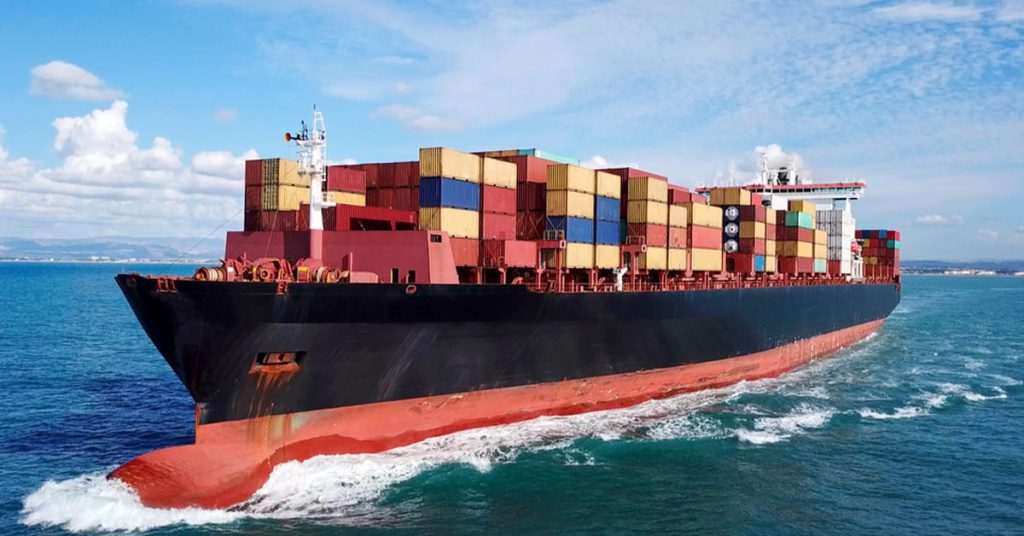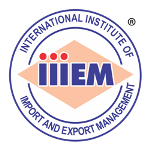
Globalization has made the world one single market, leading to increased transportation of goods and services. However, transportation is increasing day by day. Do you know that various procedures are associated with this transportation process?
There are two documentation and five physical shipping procedures, which we must learn while learning about the shipping procedures. Increase in e-commerce industries, smaller and large industries are also exponentially increasing, and therefore, the shipping and transportation facilities are more disposed of. So, while using this shipping in international markets, we must know about the seven international container shipping processes.
What are the Seven Stages of Shipping a Container?
While starting the import-export business, we must be skeptical about various thoughts and procedures like how to ship containers, the procedure, and the documentation requirements. So, you can stay with us if you also have similar doubts.
Export Haulage: This is the first stage which includes the movement of containers from the shipper’s point to the forwarder’s premises. Initially, there is local transportation either by road or rail, and the local transporters forward the container to the desired export agent.
Export customs clearance: This is the second stage in which there is documentation clearance of the shipment. While forwarding the consignment to the foreign country, we need to clear these customs regulations. Custom clearance regulatory bodies will give clearance and authorize the container for shipment. Once there is a green flag for shipment, there is the next process in shipment.
Origin Handling: Origin handling is the physical handling of the shipment. In this stage, there is cargo inspection in the warehouse, where it is loaded for shipment. Various parties in this stage conduct the inspection process, and when the inspection is completed, it is moved forward for the shipment.
Ocean Freight: A freight forwarder conducts the ocean freight to ensure that there is a proper shipment of origin to destination. This inspection is to ensure that there is proper shipment within the timeline. The ocean freight cost is charged to the consignee or the shipper at this stage. Various surcharges are levied on the container; therefore, this is also an important shipment stage.
Import Customs Clearance: As the shipment reaches the destination, the port has to clear its customs procedures. This is the process where the documentation is involved, and it is clarified that the shipment is levied with customs duty. It is the process that is completed before the shipment proceeding for the cargo.
Destination Handling: The cargo proceeds with the cargo handling at the destination and then to the consignee’s destination. In this stage, the container is transferred from the ship to shore, then sent to the port of the forwarder’s destination. The container is unstuffed in this stage, and the cargo is ready for the consignee.
Import Haulage: The last part of a shipment is the actual delivery of the container to the destination. This can be performed either by the local transporter of the consignee or the freight forwarder. So, in the last process, the container is transported to the destination address.
So, these are some of the important steps of the international container shipping process that one must be aware of while conducting the import-export business. If you want to learn more about imports and exports, you can enroll in the Import-Export Certification Course, which will provide this detailed knowledge. iiiEM is the best institute in Mumbai where you can learn all the basic to advanced nuances of imports and exports.
